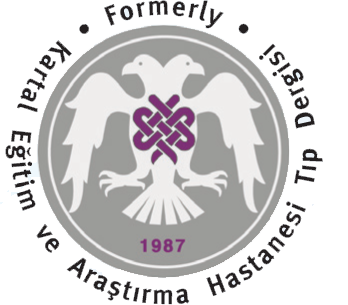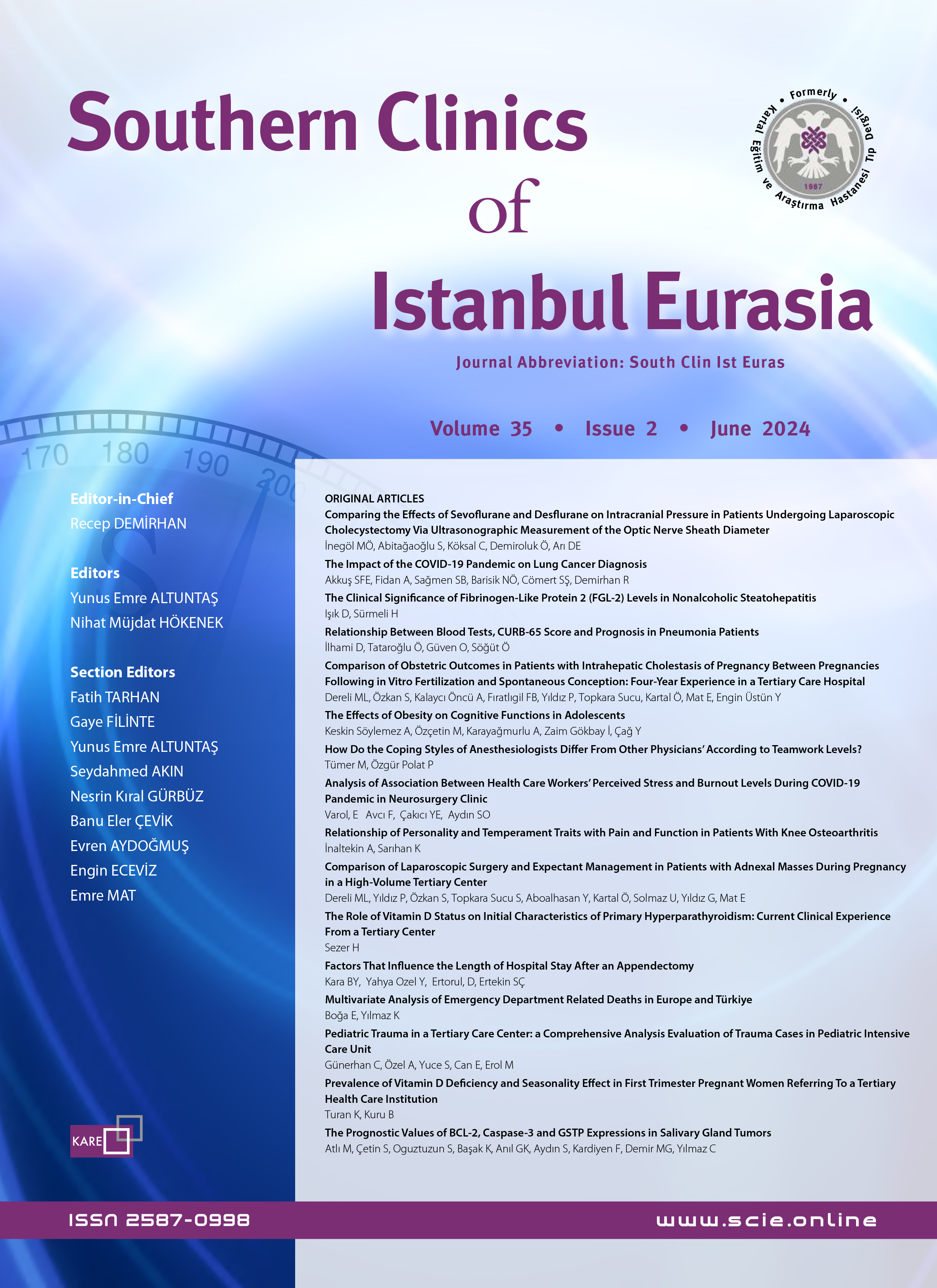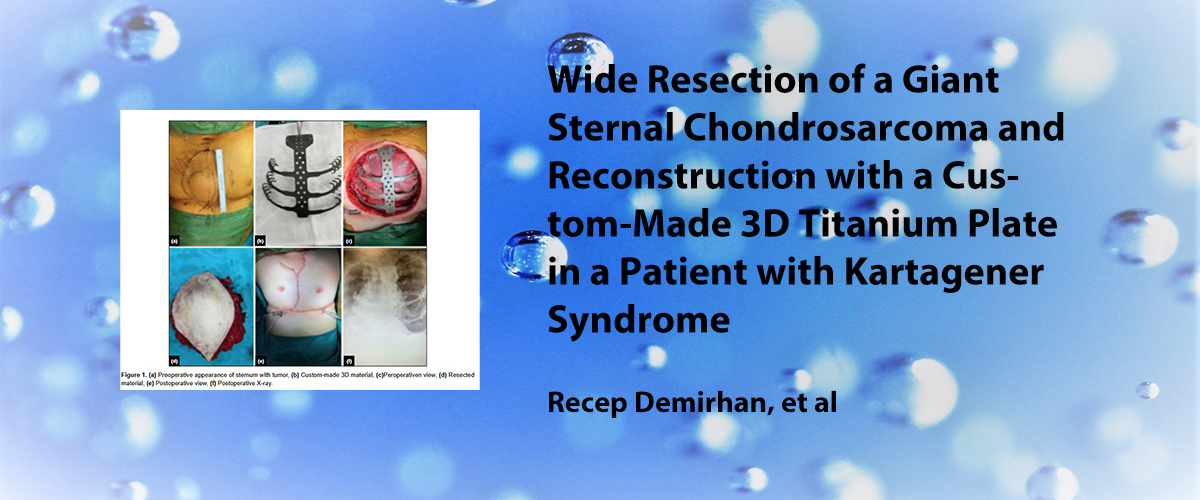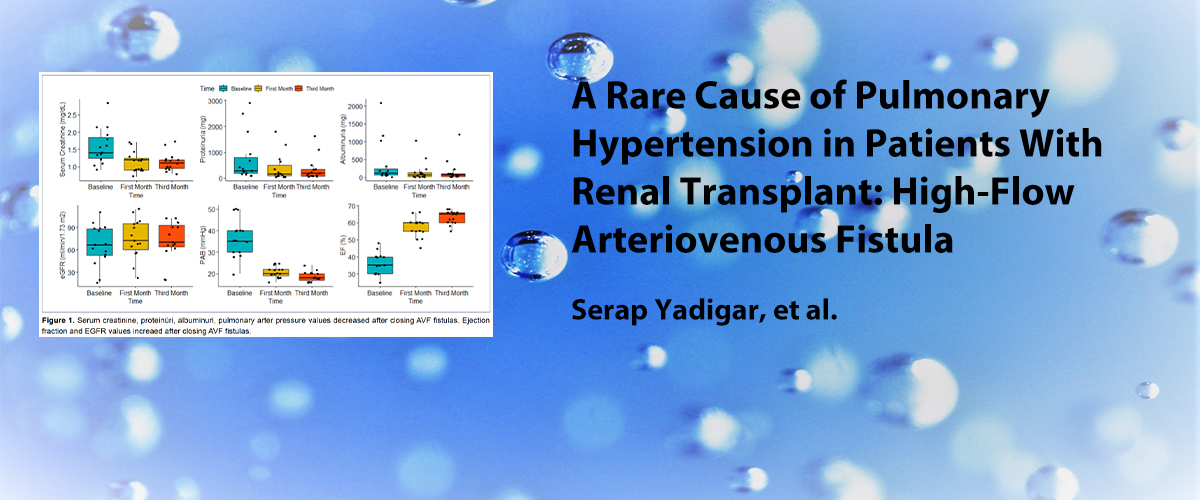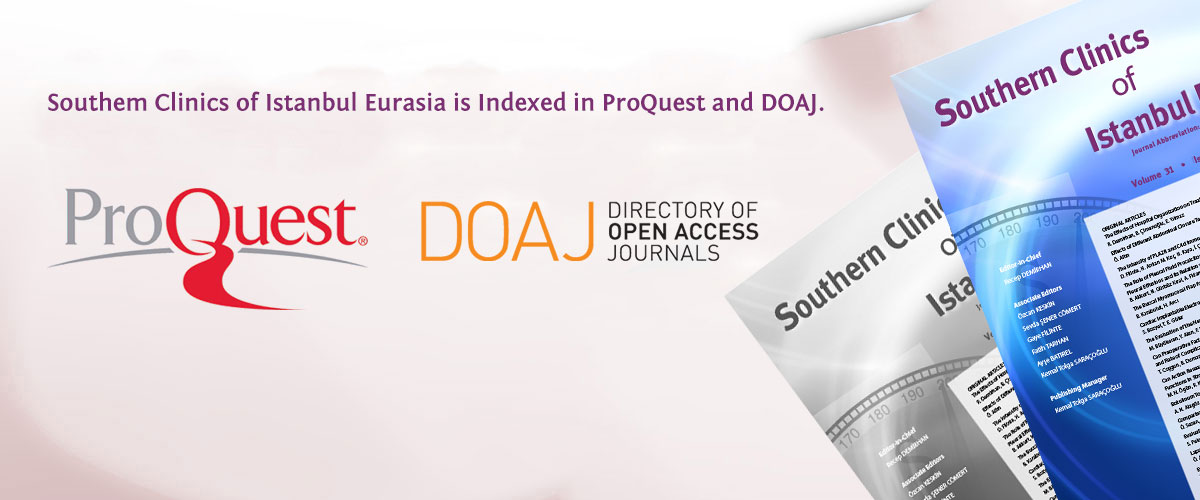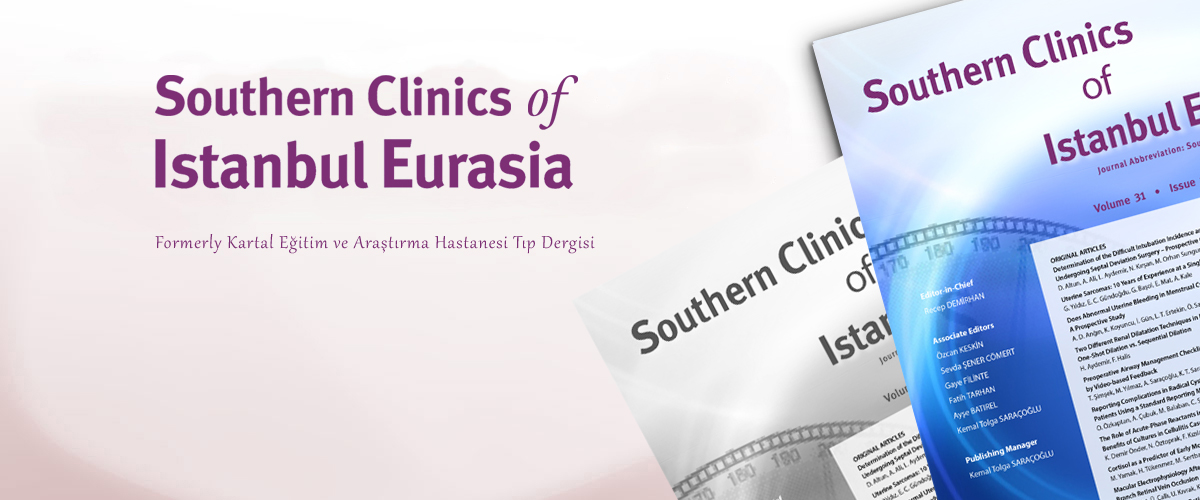ISSN : 2587-0998
Primer Total Diz Protezi Öncesinde Bilgisayarlı Tomografi Yardımıyla Ölçülen Transepikondiler Aks İle Cerrahi Transepikondiler Aksın Karşılaştırılması
Zeki Taşdemir1, Güven Bulut1, Özgür Baysal2, Hüseyin Bilğehan Çevik1, Nurzat Elmalı31Sağlık Bilimleri Üniversitesi Kartal Eğitim Ve Araştırma Hastanesi, İstanbul, Türkiye2Kars Harakani Devlet Hastanesi-ortopedi Ve Travmatoloji Kliniği, Kars, Türkiye
3Bezmialem Vakıf Üniversitesi, İstanbul, Türkiye
GİRİŞ ve AMAÇ: Bu çalışmanın amacı primer total diz protezi (TDP) uygulamalarında posterior kondiler çizgi (PCL) ve cerrahi sırasındaki anatomik transepikondiler aks (saTEA) çizgisi arasındaki açı ile ameliyat öncesi bilgisiyarlı tomografi (BT) çekilmiş hastalarda klinik anatomik transepikondiler aks (caTEA) arasındaki açı uyumluluğunun araştırılmasıdır.
YÖNTEM ve GEREÇLER: 20132015 yılları arasında primer TDP yapılan ve preoperatif diz BTsi mevcut olan hastalar değerlendirildi. Ameliyat sırasında distal femur kesisini takiben kesi yüzeyine kalem ve cetvel ile PCL ve saTEA çizgileri çizildi ve dijital kamera ile kaydedildi. Picture Archiving Communication Systems (PACS) üzerinde BT aksiyel femur kesitlerinde, lateral epikondil çıkıntısının en belirgin olduğu bölgeden medial epikondilin en uç noktasına çekilen çizgi (caTEA) ile posterior kondillerden geçen çizgi (PCL) arasındaki açı belirlendi.
BULGULAR: Dokuz hastanın (1 erkek, 8 kadın; ortalama yaş 67 [5980 yaş]) dokuz dizi çalışma grubunu oluşturdu. Fotoğraflar ve BTde aksiyel kesit üzerinde yapılan ölçümler değerlendirildiğinde, saTEA çizgisi PCL çizgisiyle kıyaslandığında dokuz dizde (%100) dış rotasyon, ortalama açı 2.67±1.41° (1°6°) olduğu; ameliyat öncesi BT ile yapılan ölçümlerde de dokuz dizde dış rotasyon, ortalama açı 4.67±1.41° (2°7°)olduğu tespit edildi.
TARTIŞMA ve SONUÇ: Total diz protezi ameliyatı sırasında femoral komponentin rotasyonunun tespitinde kullanılan saTEA ile ameliyat öncesi BTde ölçülen caTEA arasında fark bulunmuştur. Bu iki teknikten birinin diğerinin sonucunu kontrol etmek için kullanılması güvenlidir. Gelecekte yapılabilecek olan kişiye özgü anatomik protezlerde BT ile yapılan ölçümlerin yeri olacaktır.
Anahtar Kelimeler: Femoral komponent, posterior kondiler aks; rotasyonel dizilim; transepikondiler aks; total diz protezi.
Comparison of the Transepicondylar Axis Measured Using Computed Tomography Before Primary Total Knee Arthroplasty and the Surgical Measurement
Zeki Taşdemir1, Güven Bulut1, Özgür Baysal2, Hüseyin Bilğehan Çevik1, Nurzat Elmalı31Department of Orthopedics and Traumatology, Kartal Dr. Lütfi Kırdar Training and Research Hospital, İstanbul, Turkey2Department of Orthopedics and Traumatology, Kars Harakani State Hospital, Kars, Turkey
3Department of Orthopedics and Traumatology, Bezmialem Foundation University Faculty of Medicine, İstanbul, Turkey
INTRODUCTION: The purpose of this study was to evaluate the consistency of the angle between the posterior condylar line (PCL) and the transepicondylar axis (TEA) measured during surgery (sTEA) with that of the clinical transepicondylar axis (cTEA) measured using computerized tomography (CT) before primary total knee arthroplasty (TKA).
METHODS: The records of patients who had undergone primary TKA between 2013 and 2105 and with a preoperative CT measurement of the knee were evaluated. During surgery, following the distal femoral incision, PCL and sTEA lines were drawn on the surface with a ruler and a pencil and recorded with a digital camera. The angle between the cTEA, or the line joining the most prominent points of the medial and lateral epicondyles, and the PCL was measured using a picture archiving communication system (PACS).
RESULTS: The study group consisted of 9 knees of 9 patients (1 male, 8 female; mean age: 67 years, range: 5980 years). The photographs indicating the angle between the sTEA line and the PCL revealed external rotation in 9 knees (100%), with a mean angle of 2.67±1.41° (range: 16°). The preoperative axial CT images also demonstrated external rotation in 9 knees (100%), with a mean angle of 4.67±1.41° (range: 27°).
DISCUSSION AND CONCLUSION: There was a difference between the sTEA, which is used to determine the rotation of femoral component during TKA, and the cTEA measured preoperatively using CT. It is safe to use 1 of these 2 techniques to check the result of the other. In the future, measurements made using CT will be used to design personalized anatomical prostheses.
Keywords: Femoral component, posterior condylar axis, rotational alignment, transepicondylar axis; total knee arthroplasty.
Makale Dili: İngilizce

